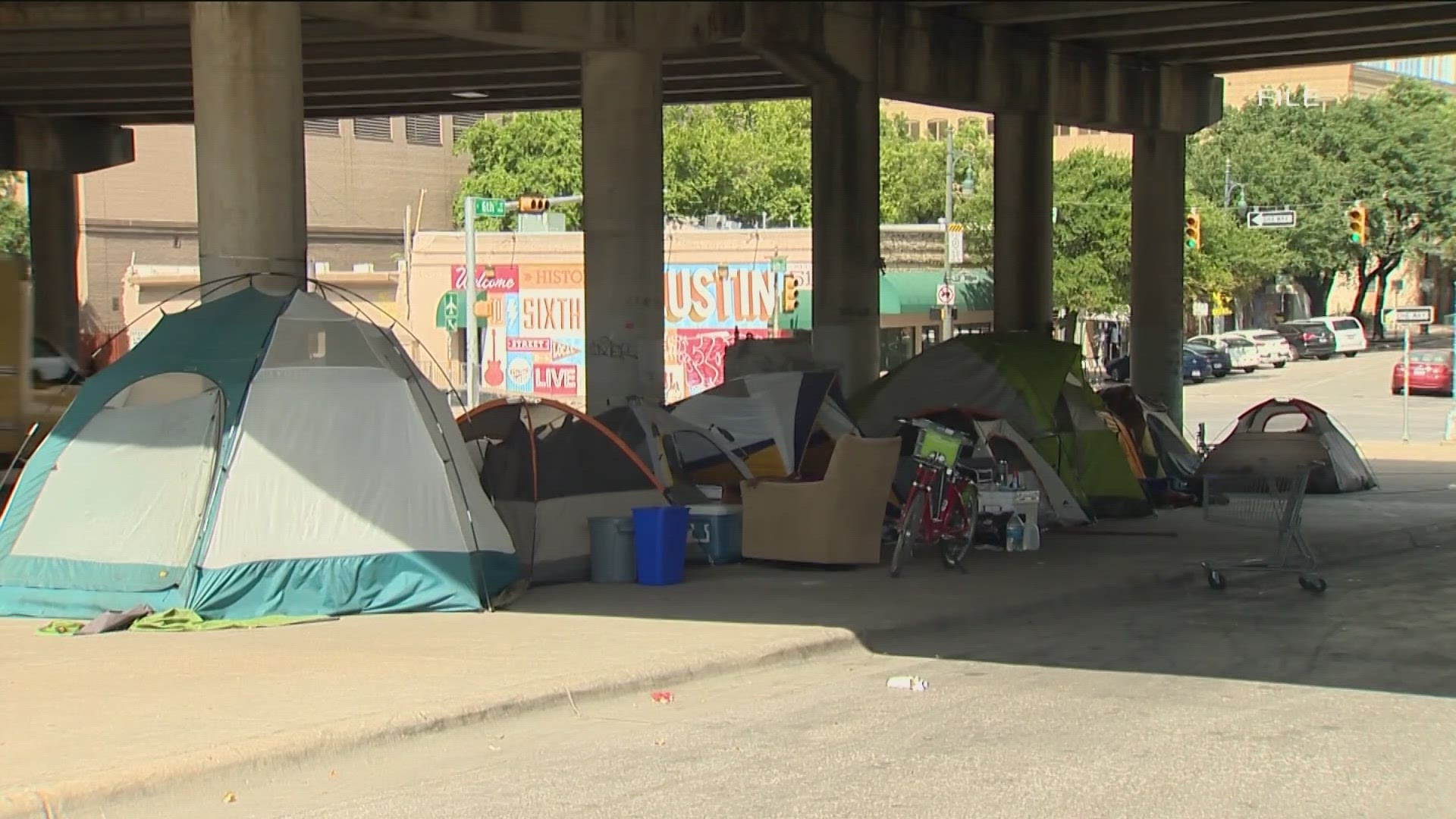AUSTIN, Texas — Austin’s Interim Homeless Strategy Officer David Gray gave the city council an update on the City’s efforts to address homelessness.
On Wednesday, Gray announced that Salvation Army’s Eighth Street shelter could reopen.
The Salvation Army came under fire earlier this year for the decision to close the downtown shelter. The closure left about 50 residents without a place to go. Officials with the nonprofit said the closure was because they couldn’t “continue to offer the level and quality of care their brothers and sisters need at the facility.”
Gray announced that the City and Salvation Army have agreed on terms for a lease agreement for the facility and that the next phase in the process would be renovating the shelter, which could take around six to eight weeks.
“We're really excited to be able to enter into that next phase of this important project,” Gray said.
Gray also gave the council an update on the Marshalling Yard shelter that opened on Aug. 22. He said the shelter is already serving 200 people per day, and it plans to increase the number to 300. But he says it might be a while until the shelter can take in more people.
“Right now, we have paused that referral and intake process because we’re at the 200-person capacity,” Gray said. “Part of the work that we’re doing now is looking at that referral process, making sure that we really feel confident and comfortable with it before we begin accepting the next 100 clients into the facility.”
Gray said intake for that shelter was just from encampments that were close in proximity to Marshalling Yard and those that were in high wildfire risk areas, but now they want to make it more equitable across the city.
“We want to make sure that the demographics of the shelter resemble the demographics of our overall unhoused population,” Gray said.
The Homeless Strategy Office also found that Austin’s shelter system is at capacity. By 2025, the City expects to need 772 beds for unhoused individuals. Based on the costs of their shelter contracts and shelter budgets with the Austin Public Health Department, getting those beds is estimated to cost just over $26 million.
There's also the HEAL initiative that started back in June 2021 to get people out of the parks and into a program to help them find permanent housing. Gray said since it was started, the office has cleared 15 encampments and moved 635 people into the bridge shelters. Of those that have entered, 44 have fully completed the program, meaning they’ve gone through the 12-to-18-month rapid rehousing program and now have a permanent residence.
But the time people are spending in the program has increased from 180 days to 227 since the initiative started. Gray said that’s due to Austin’s housing market.
“Quite frankly, in this market, it’s becoming more and more challenging for us to find the accommodations within the rapid rehousing space to move people from shelter into rapid rehousing,” Gray said.

